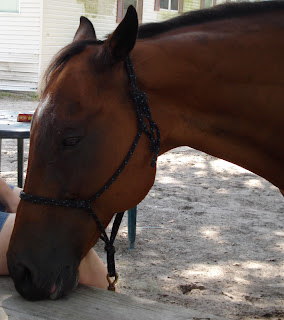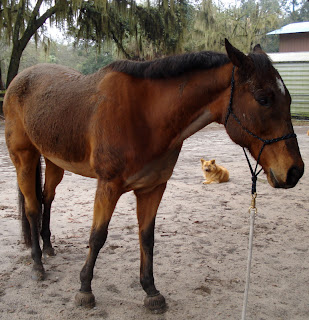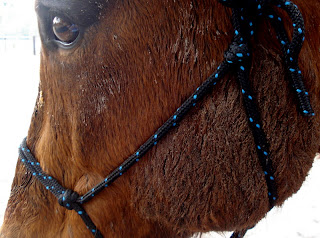The craziness continues, but it’s good craziness.
After “sharing” home office space with my husband for three
years (translation: I had a desk in there but I was rarely at it because our
working styles were not compatible), he moved to his new office in our unused formal
living room last week. I’ve spent much of the past few days cleaning and
organizing my space and collecting my things from where they were scattered
throughout the house. I’ve still got some organizing to do, but at least I know
everything is here (somewhere) and I again have a door I can close when I need
to.
I took the day yesterday to relieve my horse of his winter
coat. (Click here to see what that entails.) Yes, even though it’s still near 90 degrees and humid, Tank was sporting
his usual premature wooliness. I’m not quite finished—I have three legs left
and some tidying—but he’s much more comfortable. Since he’s now shorn, that
means it’s likely a cold front will come through and drop the temps. (Bring it
on! I have a horse blanket.)
I expect to have a more “normal” schedule in the next week
or so and will get back to more regular posting soon.
So what’s new with you?
So what’s new with you?


































.jpg)


